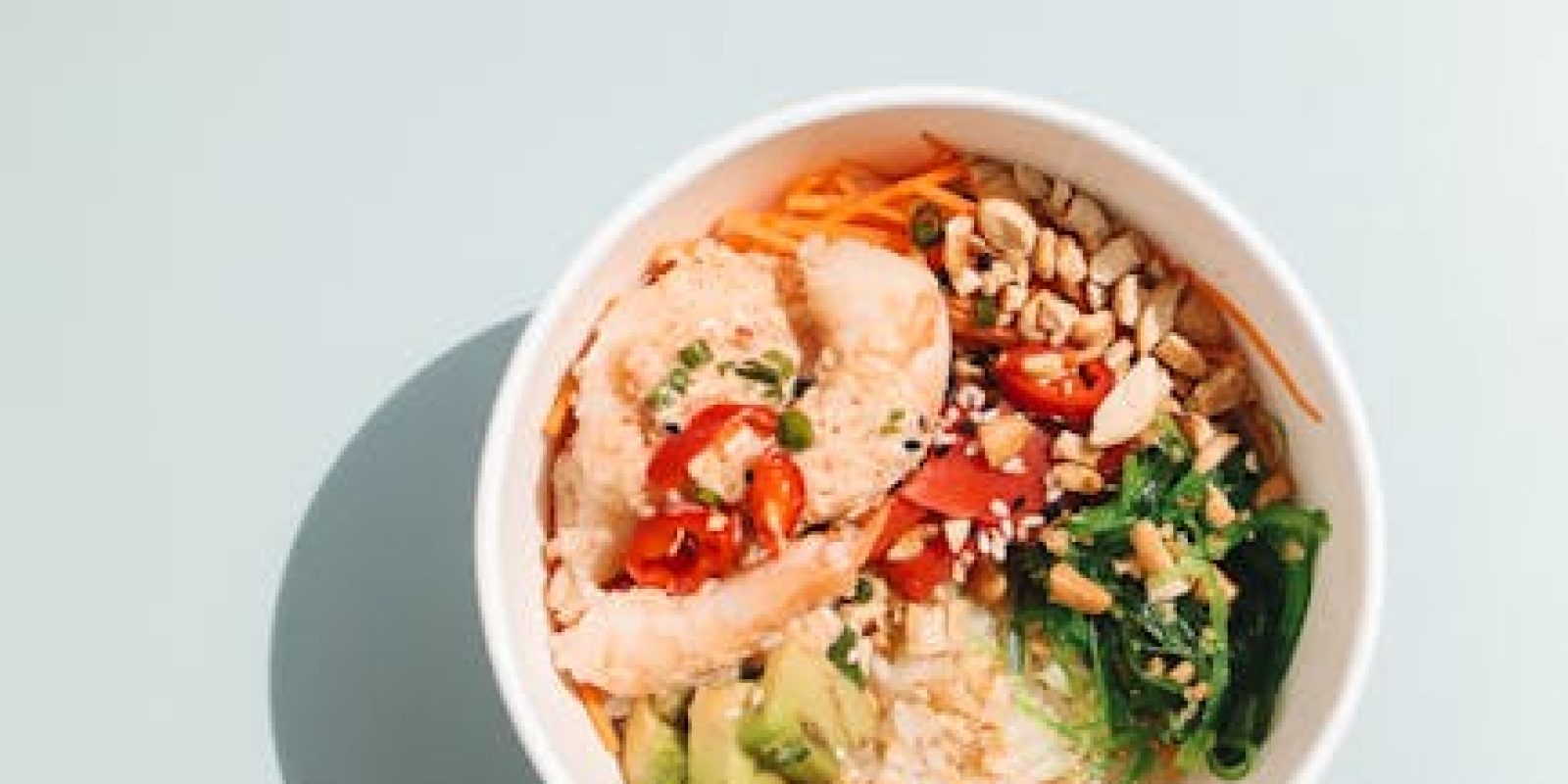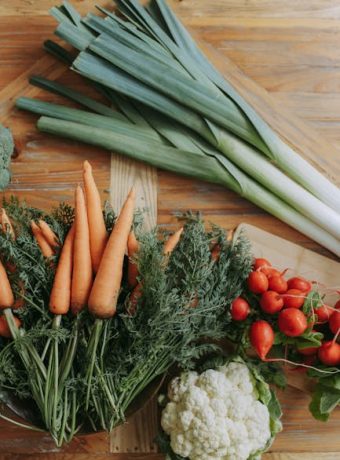Healthy Food in Russian Cuisine: Balanced Options
Russian cuisine is often associated with hearty and rich dishes that are perfect for cold climates. However, it is also filled with a plethora of healthy options that can be both delicious and nutritious. In this blog post, we will explore the healthy food choices within Russian cuisine, offering insights into balanced options that fit well into a healthy lifestyle. Whether you are new to Russian dishes or looking to incorporate more variety into your diet, this guide will provide you with actionable tips and information.
The Nutritional Landscape of Russian Cuisine
Russian cuisine is diverse, reflecting the country’s vast geography and multicultural influences. While some traditional dishes are calorie-dense, there are numerous nutrient-rich options that offer a balance of proteins, carbohydrates, and healthy fats. Understanding the nutritional landscape of Russian foods can help you make healthier choices.
Staple Ingredients
Common ingredients in Russian cuisine include potatoes, cabbage, beets, and grains, which are often featured in salads, soups, and stews. Fish, particularly from the northern regions, is a rich source of omega-3 fatty acids and is frequently consumed in various forms.
Health Benefits
Many Russian dishes are packed with vitamins and minerals. For instance, borscht, a beetroot soup, is high in fiber and antioxidants. Fermented foods like sauerkraut and kefir are known for their probiotic benefits, supporting gut health and digestion.
Popular Healthy Russian Dishes
Exploring traditional Russian cuisine doesn’t mean sacrificing your health goals. Here are some popular dishes that are both flavorful and nutritious.
Borscht
Borscht is a vibrant red soup made with beets, cabbage, and other vegetables. It is usually served hot and can be made with or without meat. Low in calories and high in fiber, borscht is a filling and healthy choice.
Shchi
This traditional cabbage soup is another healthy option. It is typically made with a base of meat broth or mushroom broth for vegetarians, alongside cabbage and a variety of other vegetables. Shchi is known for its immune-boosting properties due to the high vitamin C content in cabbage.
Kasha
Kasha refers to a variety of porridge-like dishes made from grains such as buckwheat, barley, or millet. It is a great source of complex carbohydrates and provides sustained energy. Kasha is often served for breakfast or as a side dish.
Olivier Salad
While the traditional Olivier Salad can be high in calories, a healthier version can be made by using light mayonnaise or yogurt and increasing the ratio of vegetables to meats. This salad is rich in vitamins and minerals and can be a refreshing addition to your meal.
Incorporating Healthy Russian Food into Your Diet
Adopting healthy Russian food into your diet can be rewarding and enjoyable. Here are some tips to help you get started:
Experiment with Ingredients
Don’t hesitate to experiment with traditional Russian ingredients like buckwheat, beets, and cabbage. These can be easily incorporated into various international dishes for a nutritional boost.
Modify Traditional Recipes
Many Russian recipes can be modified to make them healthier. For example, use low-fat dairy products, increase the vegetable content, and opt for lean meats or plant-based proteins.
Focus on Portion Control
While enjoying hearty Russian meals, be mindful of portion sizes to avoid excessive calorie intake. Balanced portions can help you enjoy a variety of dishes without overindulgence.
Conclusion
Russian cuisine offers a wide range of healthy and balanced options that can fit into any healthy diet plan. By understanding the nutritional benefits of traditional dishes and incorporating them mindfully, you can enjoy the flavors of Russia while maintaining a healthy lifestyle. Whether you are cooking at home or dining out, these tips can guide you in making healthier choices. Embrace the diversity of Russian cuisine and discover how it can enhance your culinary repertoire.
For more insights and recipes, stay tuned to our blog, where we delve into the culinary traditions of different cultures around the world.



